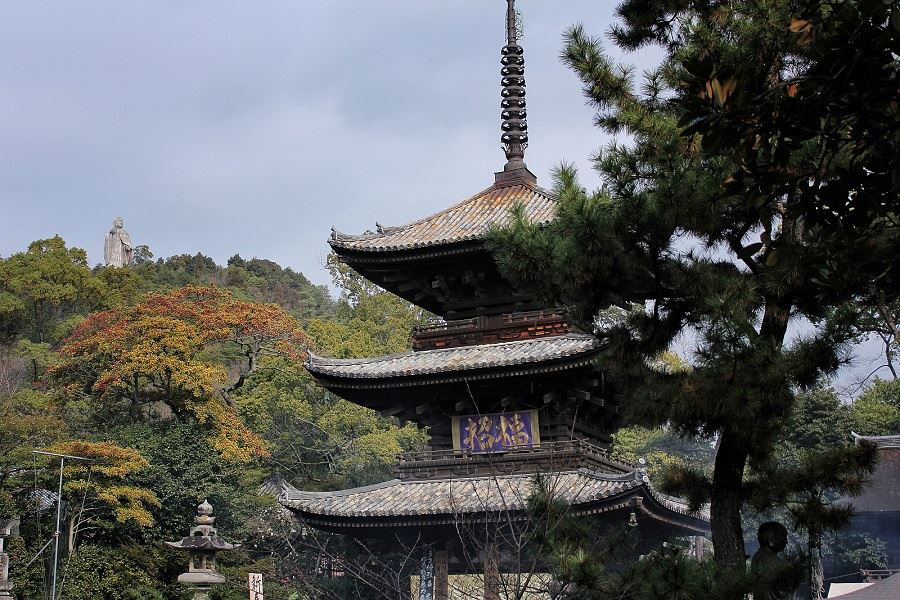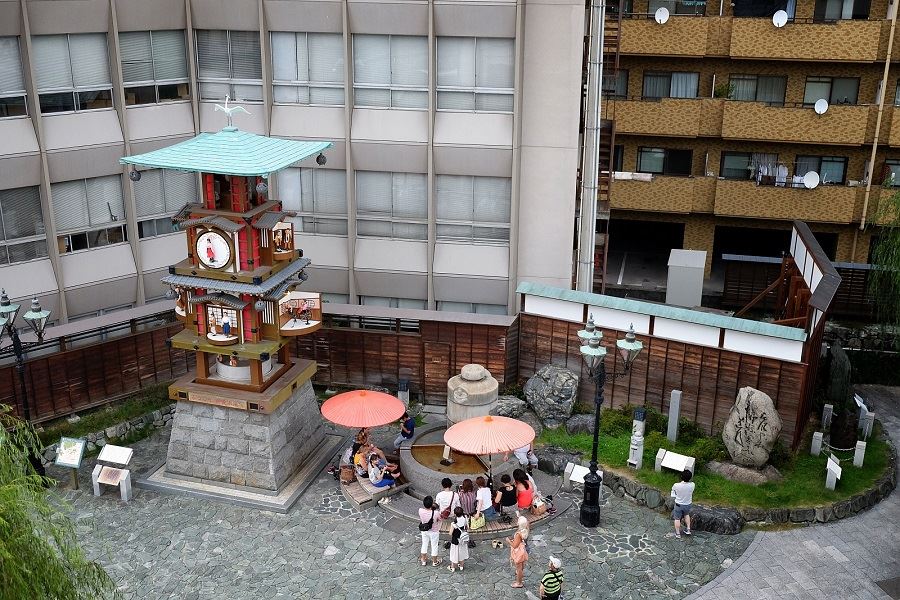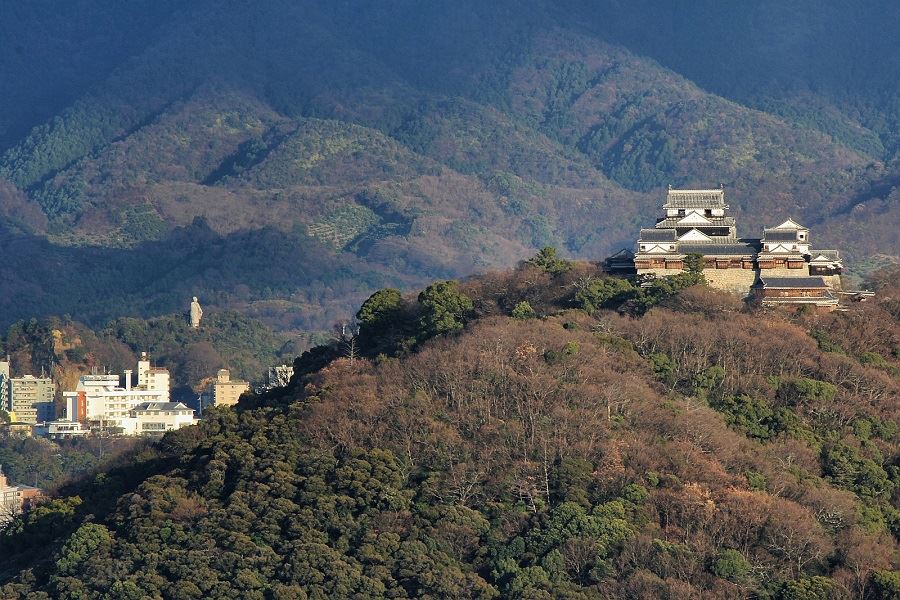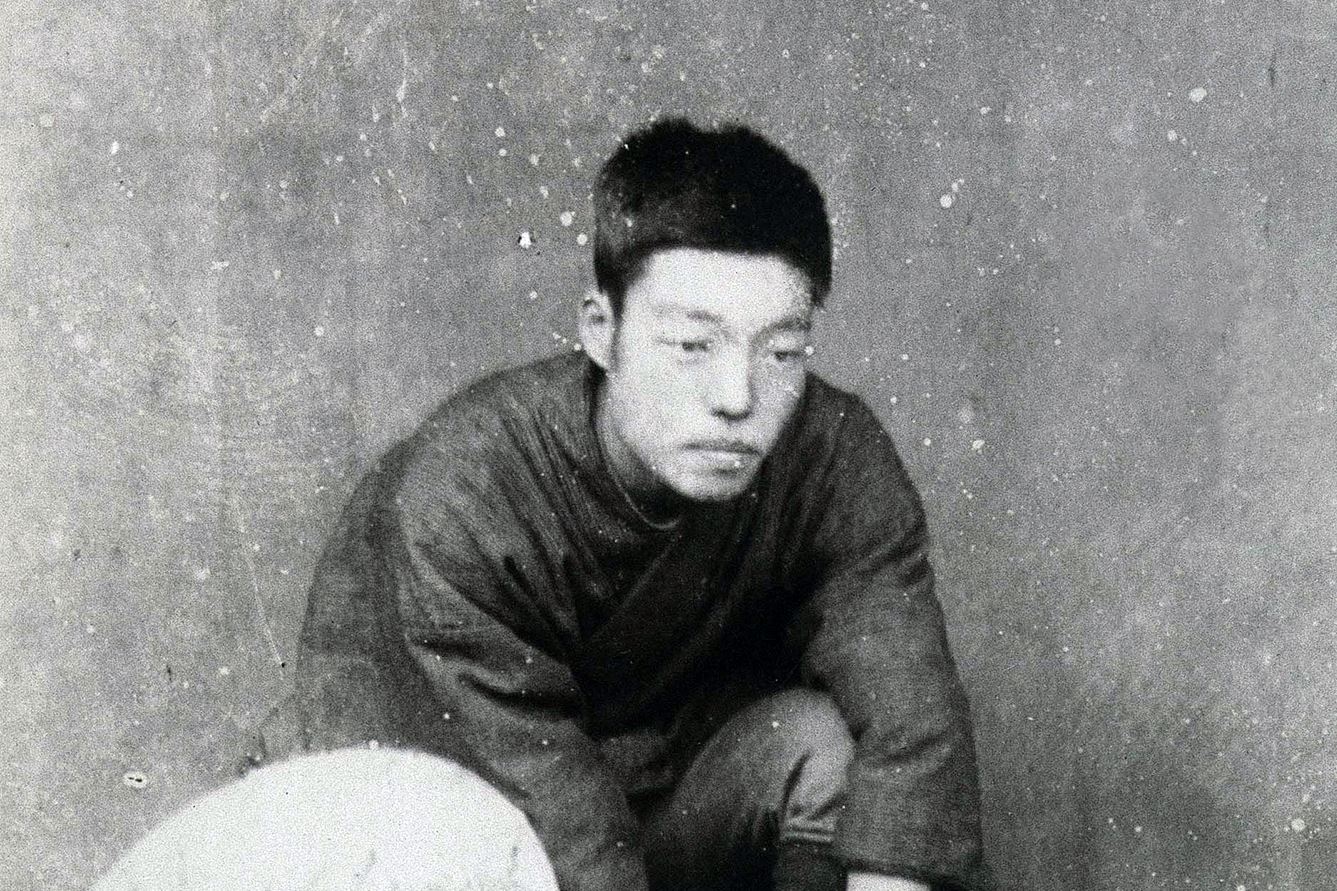Impressions of Matsuyama
A guest post from Michael Joseph
Home » Impressions of Matsuyama
Impressions of Matsuyama
Japan, as lovely as it is, stands among the world’s top tourist destinations, making it challenging for an itinerant soul like myself to find quiet places there.
Seeking solace from crowds and partly influenced by a feature on VICE, I decided to venture to Matsuyama, a small city nestled in Shikoku with a population of about 500,000 people.
Matsuyama holds the distinction of being the largest city in Shikoku and the capital of Ehime Prefecture. Its primary agricultural export, aside from rice, is oranges. The city’s industrial landscape includes tractor factories, confectioneries, and chemical fibre plants. In terms of tourism, Matsuyama boasts a rich cultural heritage within an area spanning 165 square miles (430 square km). Highlights include the picturesque Shiroyama Park, home to the Museum of Art and Matsuyama Castle, Dōgo Onsen located east of the park, the Masaoka Shiki Memorial Museum, and the elegant Ishite-ji Temple. These were the focal points of my day trip from Hiroshima, and I was not disappointed.
The ferry journey from Hiroshima to Matsuyama was pleasant, costing around $30 at the prevailing exchange rate, with the express SuperJet completing the voyage in about an hour. I encountered only one other tourist on board, who appeared to be American. So far, my quest for tranquillity was proving successful.
Upon arriving at Matsuyama Station, a short bus ride followed by a thirty-minute tram journey brought me into Matsuyama City. Instantly, I felt immersed in a more intimate and local ambiance unique to Japan. It was late winter, and the yellow mustard flowers were already in bloom along the tracks. The suburbs surrounding Matsuyama, a blend of rustic and modern elements, evoked a sense of dignified isolation. These glimpses of semi-rural Japan possess a timeless charm that surpasses the grandeur of more popular attractions like Kiyomizu-dera Temple.
Navigating Matsuyama was relatively straightforward, although I did need to ask a tram worker for directions to the park. It’s worth noting that I travel without internet access, relying solely on maps and intuition, though I typically have the former and not the latter.
The approach to the Ehime Museum of Art involves a serene walk through Shiroyama Park, exemplifying the Japanese aesthetic of “kitaikan”, which aims to create a sense of anticipation leading to a revealed subject. The museum’s modern architecture, though twenty-six years old at the time of my visit, exuded a commanding presence. While its collection consists of 12,000 individual pieces, most are kept in storage. Despite this, my museum experience, limited to about eight rooms, was enriching, thanks to the thoughtful curation. An exhibit titled “The Sea and I”, focusing on the Art of the Seto Inland Sea, left a lasting impression, despite the absence of English descriptions on the artwork. Standout works included an installation named “Shunshun”, featuring a delicate ambient piano track, and an antiquated art journal of the Seto Inland Sea titled “One Week On The Seto Inland Sea”.
After an hour at the museum, I made my way to Matsuyama Castle. I reached the castle’s outer walls after ascending a small prominence (Mount Katsuyama) in the park. The castle’s originality, untouched by American bombs during World War II, added to its allure. Although a few tourists were present, predominantly locals, I anticipate this may change in the future. The castle grounds, akin to an outdoor museum, featured small plaques detailing the historical significance of various structures. I was pleased that most signage was in English, and I was furthermore impressed to learn that the venerable castle was built in 1602.
Next, I boarded a tram to Dōgo Onsen, disembarking at a quaint, antiquated station adjacent to a Meiji-era train known as the Botchan train. The majority of visitors were Japanese, contributing to an authentic experience rarely found in larger cities like Tōkyō or Ōsaka. Dōgo Onsen’s intricately carved architecture belies its status as one of Japan’s oldest hot spring resorts: its history dates back over 1000 years.
As a poet, I felt compelled to visit the nearby Masaoka Shiki Museum, only to find it under construction with the bookstore closed. Nonetheless, I appreciated the availability of an English audio guide, which provided insights into the life of Masaoka Shiki, one of Japan’s esteemed poets. Here is one of Shiki’s deathbed poems, composed while suffering from a fatal respiratory illness:
gallons of phlegm
even the gourd water
couldn’t clear it up
痰一斗糸瓜の水も間に合はず
By late afternoon, I had explored much of Matsuyama but still wished to visit Ishite-ji Temple (literally “Stone Hand Temple”). Its gate, I have since learned, is a National Treasure. Regrettably, time constraints limited my visit to cursory glances at its surroundings, including tour groups, pilgrims, and vendors. This blend of commerce and spirituality within the temple grounds is a hallmark of Japanese culture, contrasting with Western notions of sacred space.
Fortunately, I encountered Rod of Shikoku Tours, who generously assisted me in finding my way back to the station. Despite my lacklustre mood earlier in the day, Rod’s enthusiasm for Japan and his company, Shikoku Tours, proved contagious. Our brief conversation hinted at his profound knowledge of Matsuyama and its surroundings, leaving me eager to explore further recommendations.
My brief time in Matsuyama was enriched by encounters with its people and places, reaffirming my appreciation for Japan’s rich cultural tapestry. Special thanks to Rod and Shikoku Tours for their hospitality and insights, reinforcing the timeless allure of this island nation. Rod shared a rumour with me about the spirit of an ancient sage, possibly Kōbō Daishi himself, purportedly aiding people on the small island of Shikoku. Based on my fleeting experience in Matsuyama City, I am inclined to believe it.
-Michael Joseph M.S.
All photos taken in Matsuyama on 35 mm film (Nikon F6 Fujifilm PRO 400H)
Related Tours
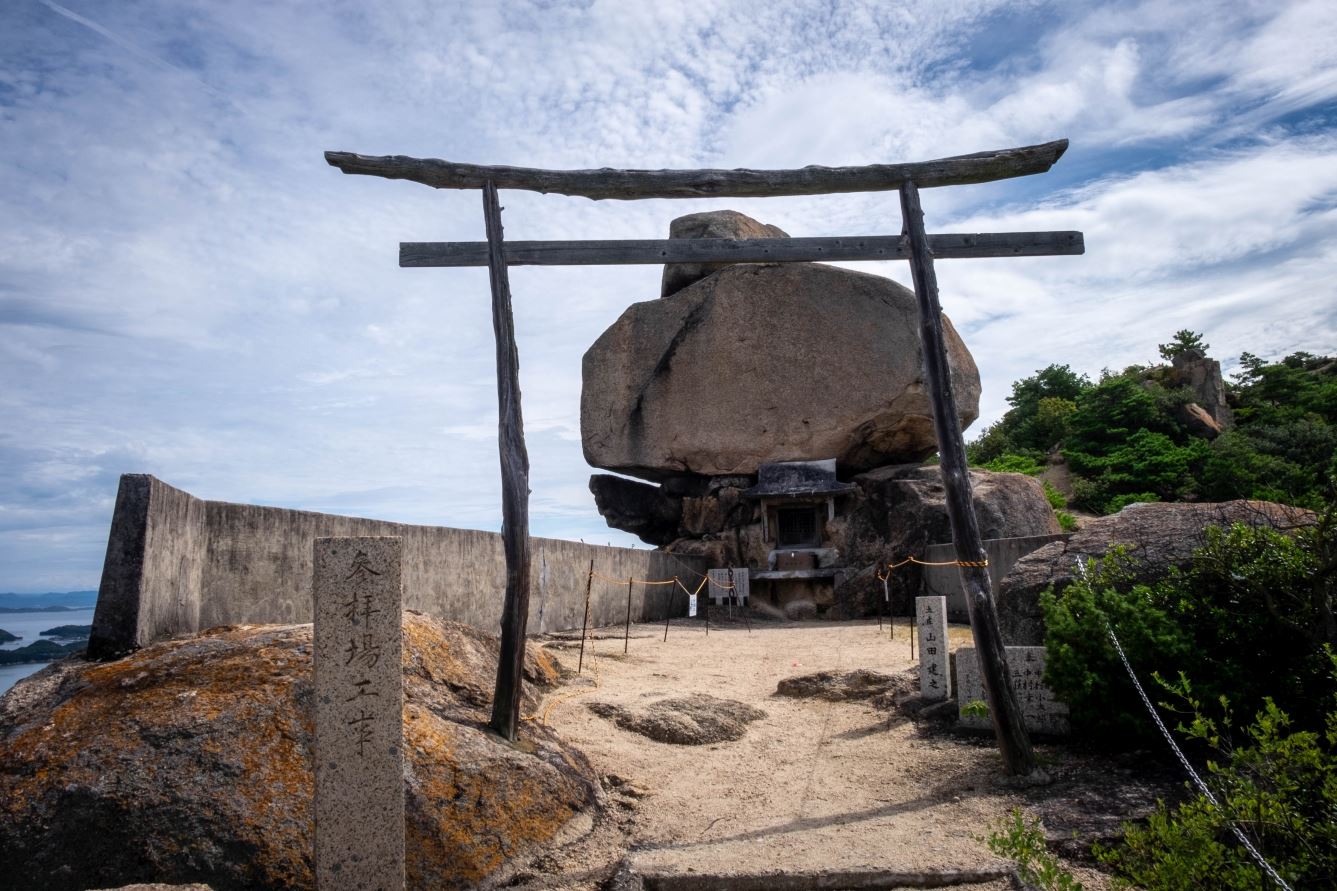
A tour of Shikoku for single travellers visiting the most interesting sights of Ehime and Kagawa, and islands in the Seto Inland Sea.
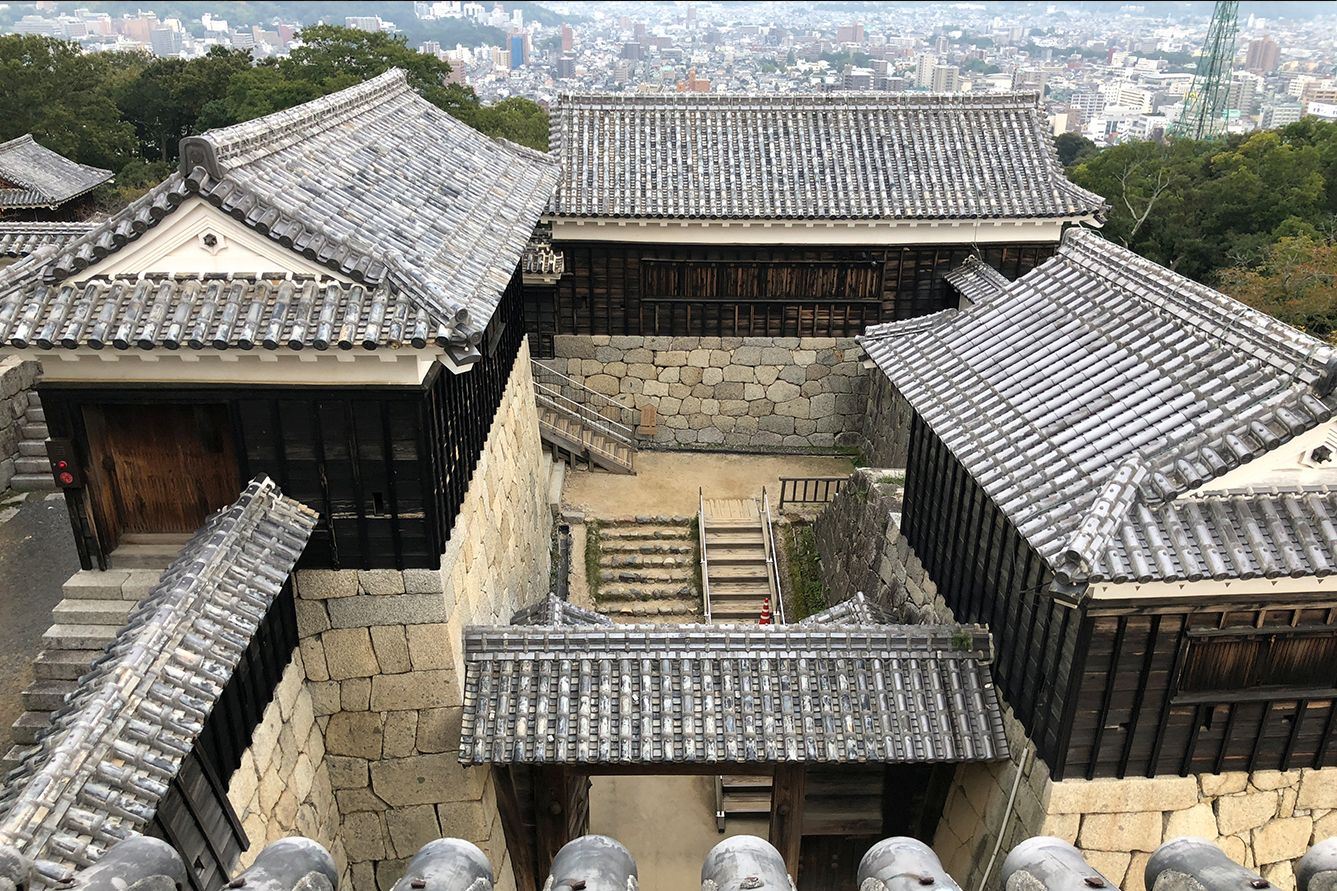
Visit Shikoku’s well-preserved castles and experience the best of the island’s culture.

